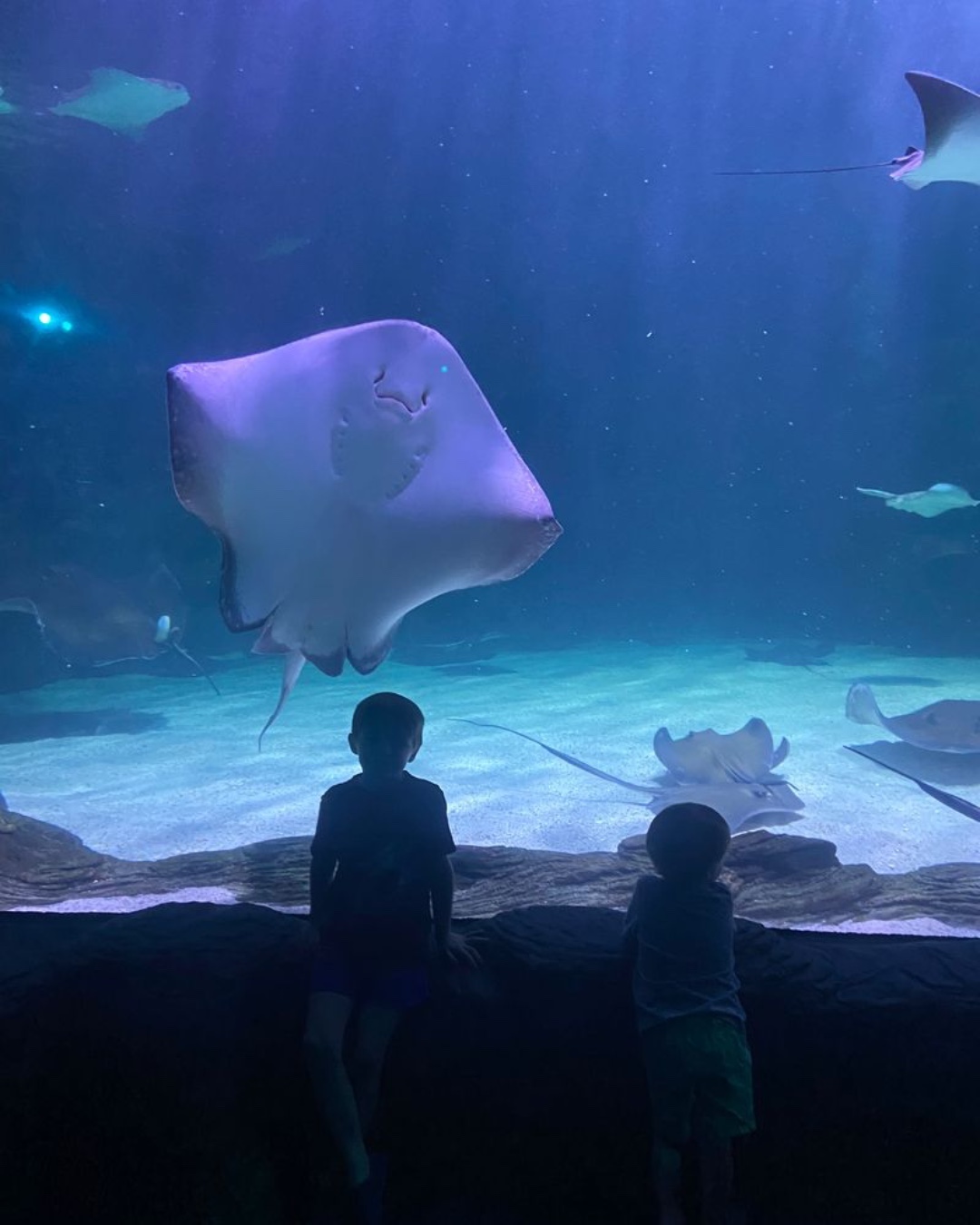- Introduction to the physical characteristics of rays
- Anatomy and adaptation of rays for their habitat
- The significance of ray behavior in marine ecosystems
- Challenges to ray survival and conservation efforts
- Role of public awareness and zoo management in ray conservation
Rays, with their mysterious grace, are often the subject of fascination in marine biology. While their movements appear serene, there is much more beneath the surface. Often, when we observe these creatures, the ‘smiley face’ we see is actually their mouth. The large, enigmatic eyes are positioned on top of their bodies, an adaptation that allows them to monitor their environment effectively as they glide through the ocean’s sandy floors.
Understanding the physical characteristics of rays is crucial for appreciating their role in the marine biosphere. Rays belong to the family of cartilaginous fishes, alongside sharks. They have flattened bodies with large pectoral fins that resemble wings, which aid in their unique mode of swimming. This form allows them to remain agile and inconspicuous as they navigate sandy ocean beds. Moreover, their mouth positioning at the bottom of their bodies facilitates easy scavenging.
Anatomically, rays exhibit several fascinating adaptations. Their gills, located underneath their bodies, help them breathe while buried under sand. The positioning of their eyes atop their bodies is an evolutionary feature that enables predator detection and hunting. This dual functionality ensures their survival in dynamic marine environments. The eyes are placed meticulously to avoid obstructing their feeding processes, offering them clear sightlines to spot prey and predators alike. Their ability to maintain surveillance while buried is vital for their protective behaviors.
Rays play significant roles in marine ecosystems, contributing to the health of their habitats. They often act as bioindicators, their presence, and populations reflecting broader environmental conditions. Their foraging activities, involving stirring the sediment, aid in nutrient recycling, enhancing the health of marine habitats. They help in controlling the population of shellfish and other small organisms, maintaining ecosystem balance.
However, rays face numerous conservation challenges. Their appearances in coastal waters make them vulnerable to commercial fishing and bycatch. Their slow growth rates and late maturity further exacerbate their susceptibility to overfishing. Socio-economic factors also contribute; in many regions, rays are hunted for their meat and cartilage. Habitat degradation, due to coastal developments and pollution, poses significant threats. Conservationists emphasize the need for sustainable fishing practices and protective legislation. Awareness campaigns and stricter regulations are vital to mitigate these threats.
Key conservation efforts hinge on public education and active zoo management. Zoos and aquariums play a pivotal role in raising awareness about ray conservation. They provide safe havens for rays, away from the myriad dangers in the wild. Educational programs and interactive exhibits underscore the importance of rays within marine ecosystems and promote broader conservation initiatives. Zoos also facilitate scientific research, contributing valuable data on ray behavior, physiology, and reproduction, aiding global conservation strategies.
Public awareness and involvement are necessary for successful conservation outcomes. Through interactive displays and educational narratives, institutions foster a deeper understanding and appreciation of ray species. Fund-raising campaigns and community engagement programs help gather resources and support for conservation projects. Such initiatives work toward building a more informed and proactive public, essential for the conservation of rays and other marine life.
In conclusion, although rays may present a ‘smiley face,’ their anatomical and behavioral complexity is vital for their survival. Their adaptation to marine habitats showcases remarkable evolutionary intricacies. Maintaining balanced ecosystems and their roles therein make them keystone species in marine conservation efforts. Conservation challenges stem from human activities but can be alleviated through concerted efforts between public engagement, legislative action, and scientific research. Each aspect of their conservation echoes the importance of a coordinated approach to protecting our oceans. Thus, fostering appreciation and understanding of rays is crucial in preserving the delicate balance of marine environments.
*****
Source Description
Even though it may look like a smiley face, what you see on the bottom of rays is actually only their mouth! Their eyes are on top of their body, perfectly placed so they can continue to observe their surroundings while swimming through the sand.
📸: @jenwilkins
•
•
•

